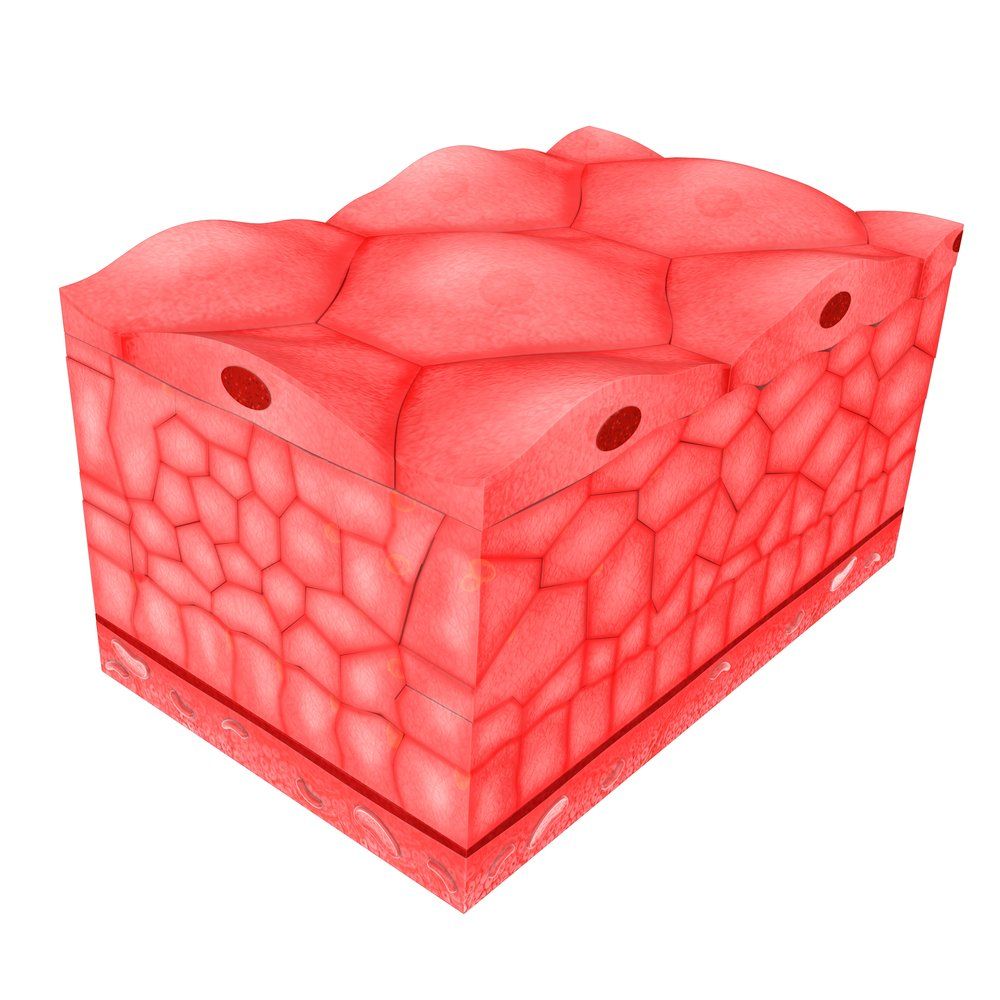Avoiding the pitfall of epithelial basement membrane dystrophy
I am again reminding you that optometry has a renewed purpose in the management of our cataract and refractive patients.

I am again reminding you that optometry has a renewed purpose in the management of our cataract and refractive patients. We don’t actually perform the surgery, although some of my learned colleagues can clean up the capsule. However, we need to evaluate the landscape to avoid pitfalls that may lurk ahead of this refractive journey.
One such pitfall is the existence of epithelial basement membrane dystrophy (EBMD). You may know this abnormal epithelial regeneration of the basement membrane dystrophy as it is often affectionately titled after the amorphous appearance of a map, a dot, or a fingerprint.
Cause and effects of EBMD
EBMD is a spectrum disease, its findings can be subtle, and its true incidence is unknown. Studies have reported rates as high as 40 percent with an increasing incidence corresponding to advancing age.1 The existence of this dystrophy is not realized until patients are in their fourth to fifth decade of life. This has led some to classify this disease as a degeneration of the cornea; however, it is clearly in the genetic makeup of the patient.
This bilateral asymmetrical dystrophy, which affects females greater than males, appears as fine, intracellular microcysts or as linear demarcations most notably in the central cornea. The extra sheets of basement membrane grow into the epithelium. As the epithelium matures, it traps the membrane to create the cysts and lines.
The existence of the dystrophy is disconcerting because it can induce irregularity to the cornea and thus change visual quality.
Moreover, EMBD can lead to recurrent corneal erosions (RCE). In one study, researchers found that 46 percent of all patients with an RCE, had EBMD.2 Difficulty with healing after corneal refractive surgery can be daunting, and challenges can occur with the patients who have cataract surgery
The theory is that the operative shearing force exceeds the defective adhesive strength keeping the epithelium attached to the basement membrane.3 This theory may explain why there is a higher incidence of epithelial sloughing during LASIK using the microkeratome as opposed to LASIK with the femtosecond laser.4 Although the cornea does experience the same type of shear force with cataract surgery, the use of the femtosecond laser is now widely accepted in the surgical cataract suite.
Preparing your patients
Our job is to put our patients in the best possible position to succeed. Vision can be profoundly affected for patients who have an abnormal tear lens (my interpretation of a dry eye patient who is asymptomatic), existing corneal ectasia, or the existence of EBMD. The presence of EBMD in the central 3 to 5 mm creates chaos when trying to obtain accurate keratometry readings.
This preventative approach is new to optometry, actually taking a patient and pre-empting a complication or misleading measurement. Removing the irregularities prior to the measurements seems to only make sense.
Moreover, I have had nothing but great success using the cryopreserved amniotic membrane Prokera (Bio-Tissue) to smooth out the EBMD elevations. Prokera smooths out the bumps of debriding the cornea at the site of the EBMD, or in cases of significant dystrophy with the use of a keratectomy, followed with the rich heavy chain hyaluraonic acid (HCHA). The anti-inflammatory and angiogenic properties of the cryopreserved amniotic tissue provide an environment for faster healing with less scarring.
The use of the cryopreserved membrane is not new to refractive or surgery. Those patients who have been suffering with recalcitrant filamentary keratitis, central staining, or significant neovascularization benefit from the membrane’s healing properties to normalize the cornea. Placing the Prokera Slim on these patients for a week can prepare the cornea for the surgical measurements.
In my experience, the cryopreserved membrane has been shown to make dramatic changes to the surface of the cornea. I had a patient who was referred to my practice to have the cross-linking procedure because of an irregular cornea.
However, upon closer evaluation, it became obvious that the corneal topographical changes were not ectatic; rather, they were from epithelial downgrowth secondary to recurrent corneal erosions (RCE).
The patient had undiagnosed EBMD creating the undesired changes to the surface. A debridement and Prokera placement restored this cornea back to an optimal shape and improved vision. This preventative treatment has also resulted in slowing down the recurrence of the erosion.
Modern cataract and refractive surgery is not measured by the ability to see, but rather it is tabulated by how close to 20/20 the patient gets without correction.
Optometry sees these patients prior to surgery, and the old adage of “an ounce of prevention” should be taken to heart when managing patients who have EBMD. Look for those thin wispy changes that accompany EMBD, and prepare the patient for success.
References:
1. Werblin TP, Hirst LW, Stark WJ, Maumenee, IH. Prevalence of map-dot-fingerprint changes in the cornea. Br J Ophthalmol. 1981 Jun;65(6):401-409.
2. Reidy JJ, Paulus MP, Gona S. Recurrent erosions of the cornea: epidemiology and treatment. Cornea. 2000 Nov; 19(6):767-71.
3. Tekwani NH, Huang D. Risk factors for intraoperative epithelial defect in laser in situ keratomileusis. Am J Ophthalmol. 2002 Sept; 134: 311-316.
4. Randleman BJ, Lynn MJ, Banning S, Stulting RD. Risk factors for epithelial defect formation during laser in situ keratomileusis. J Cataract Refract Surg. 2007 Oct;33: 1738-1743.
Newsletter
Want more insights like this? Subscribe to Optometry Times and get clinical pearls and practice tips delivered straight to your inbox.